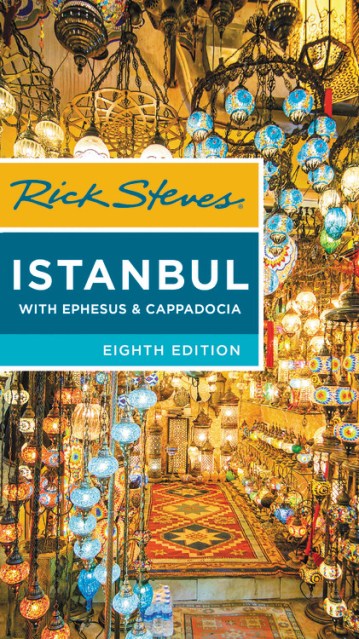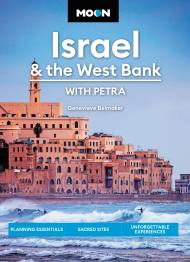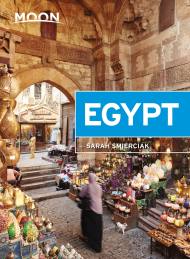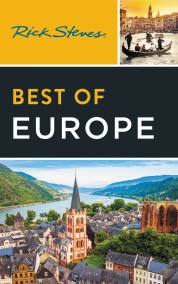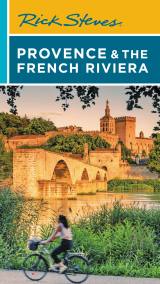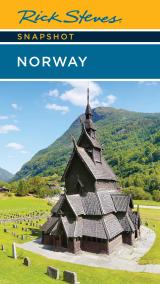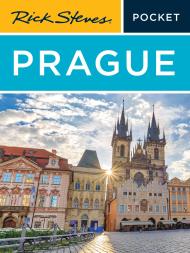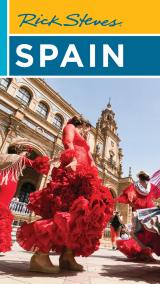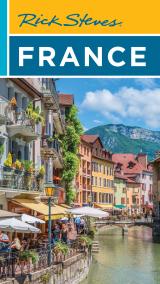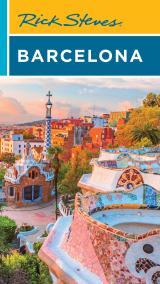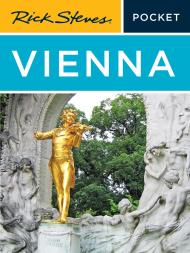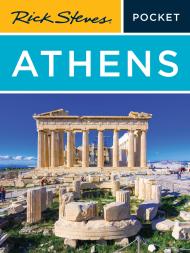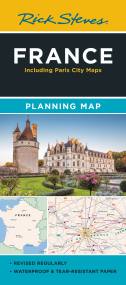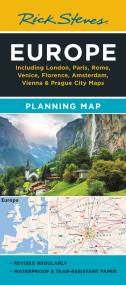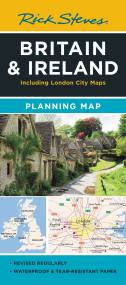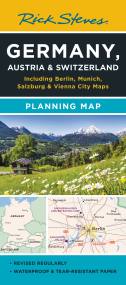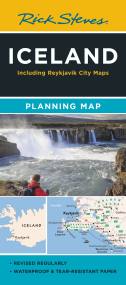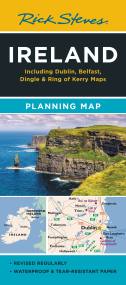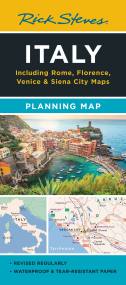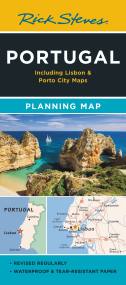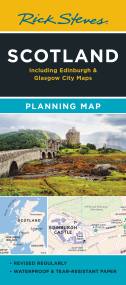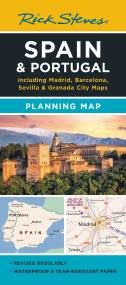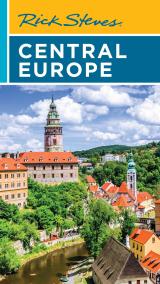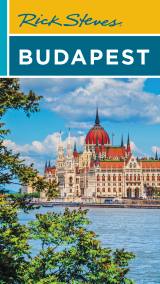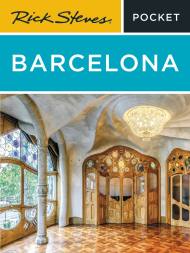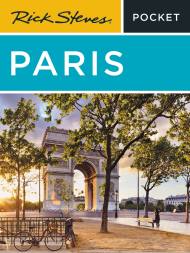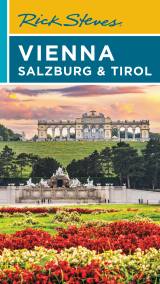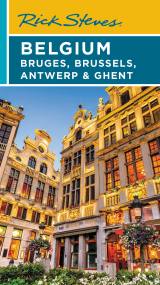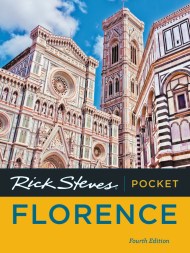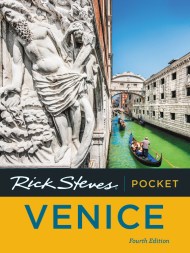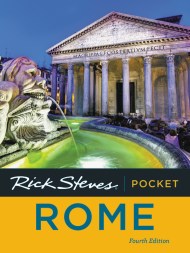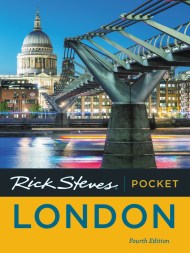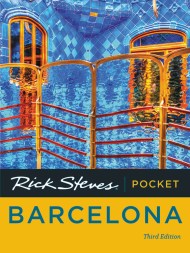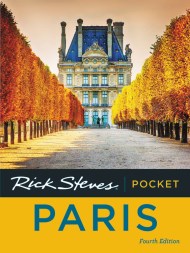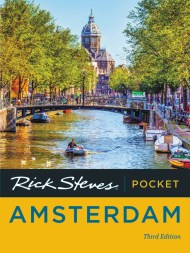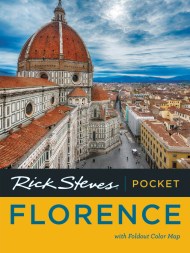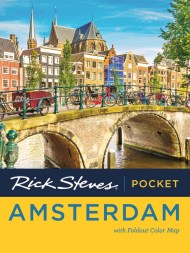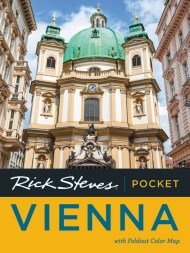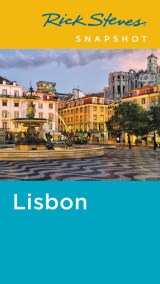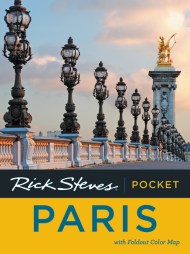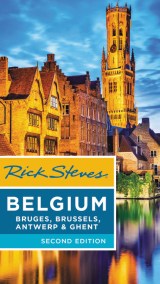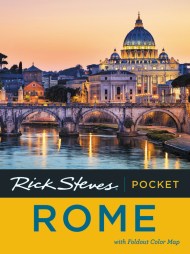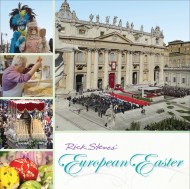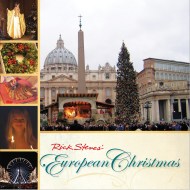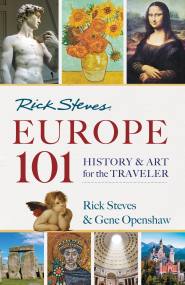Promotion
Use code MOM24 for 20% off site wide + free shipping over $45
Rick Steves Istanbul
With Ephesus & Cappadocia
Contributors
By Tankut Aran
Formats and Prices
Price
$19.99Price
$24.99 CADFormat
Format:
- Trade Paperback $19.99 $24.99 CAD
- ebook $14.99 $19.99 CAD
This item is a preorder. Your payment method will be charged immediately, and the product is expected to ship on or around December 22, 2020. This date is subject to change due to shipping delays beyond our control.
Also available from:
Walk in the footsteps of emperors and sultans, marvel at some of the greatest monuments on earth, and experience the wonders of East and West with Rick Steves! Inside Rick Steves Istanbul you'll find:
- Comprehensive coverage for spending a week or more exploring Istanbul
- Top sights and hidden gems, from the world's largest domed churches and monumental mosques to relaxing Turkish baths
- How to connect with local culture: Haggle with merchants in the lively Grand Bazaar, shop along sophisticated avenues, and watch whirling dervishes in action
- Beat the crowds, skip the lines, and avoid tourist traps
- The best places to eat, sleep, and relax
- Self-guided walking tours of lively neighborhoods and incredible museums
- Detailed neighborhood maps for exploring on the go
- Strategic advice from trusted Rick Steves Europe tour guides Lale and Tankut Aran on how to get the most out of your time and money, with rankings of their must-see favorites
- Useful resources including a packing list, a Turkish phrase book, a historical overview, and recommended reading
- Updated to reflect changes that occurred during the Covid-19 pandemic up to the date of publication
- Over 400 bible-thin pages include everything worth seeing without weighing you down
- Complete, up-to-date information on Istanbul's neighborhoods, plus a cruise along the Bosphorus Strait
Make the most of every day and every dollar with Rick Steves Istanbul.
Genre:
- On Sale
- Dec 22, 2020
- Page Count
- 496 pages
- Publisher
- Rick Steves
- ISBN-13
- 9781641713672
Newsletter Signup
By clicking ‘Sign Up,’ I acknowledge that I have read and agree to Hachette Book Group’s Privacy Policy and Terms of Use
